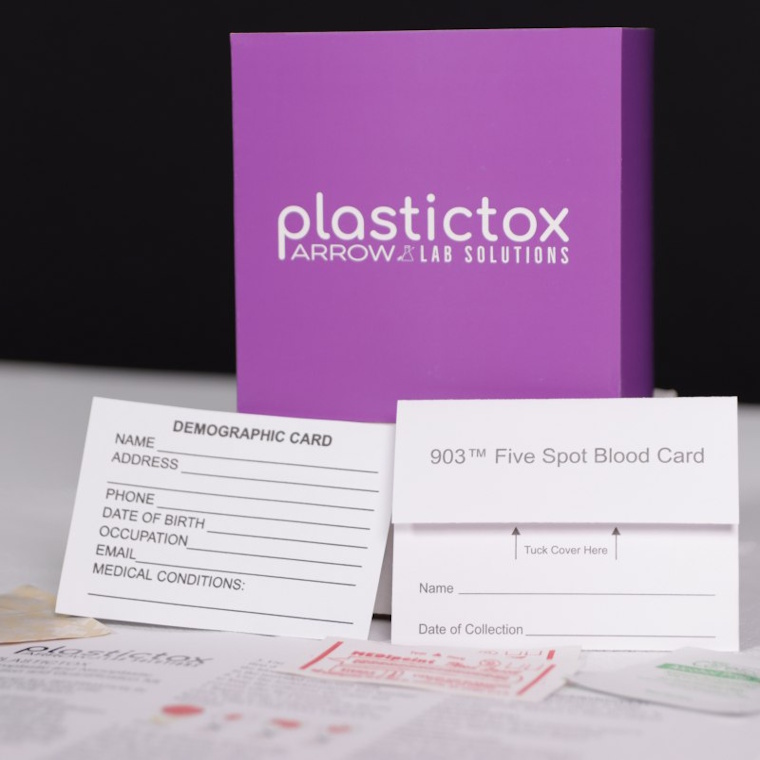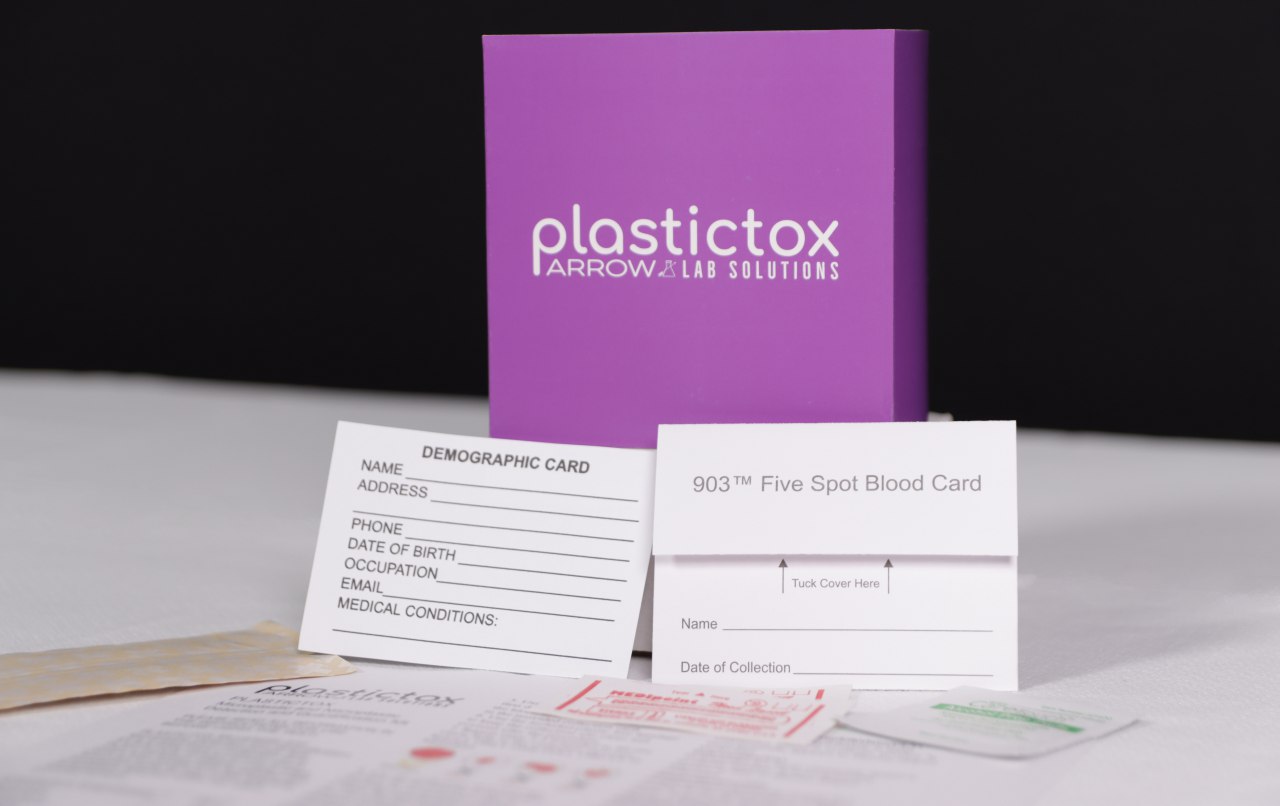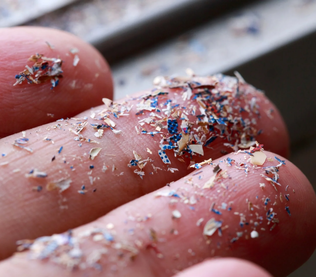Microplastic Blood Test Kit
$150.00
The Microplastic Blood Test Kit offers an at-home solution to detect and measure microplastics in your bloodstream. This kit provides a comprehensive analysis of the number, size, and concentration of microplastic particles present, enabling you to understand your exposure levels.
Microplastic Contamination
- Microplastic accumulation can lead to chronic conditions.
- About 5 grams of microplastic particles, same weight as a credit card (9 ounces per year), enter our gut every week, unless you drink plastic bottled water when nearly double the amount of microplastics are ingested.
- A 2021 study in the Netherlands showed that plastic particles were discovered in 77% of healthy adult blood donors tested.
List of ways humans can ingest or absorb microplastics:
Ingestion:
- Drinking water: Microplastics have been found in tap water worldwide.
- Seafood: Microplastics are ingested by marine life, which is then consumed by humans.
- Food packaging: Microplastics can leach from packaging materials into food.
- Salt: Microplastics have been found in salt harvested from oceans.
- Honey: Microplastics have been detected in honey samples.
- Fruits and vegetables: Microplastics can be absorbed by plants through soil and water.
Inhalation:
- Air pollution: Microplastics can become airborne and be inhaled.
- Dust: Microplastics can settle on surfaces and become airborne when disturbed.
Skin absorption:
- Cosmetics: Microplastics are used in some cosmetics, such as exfoliating scrubs.
- Clothing: Microplastics can shed from synthetic clothing during washing.
- Personal care products: Microplastics can be present in some personal care products, such as toothpaste.

| Microplastic Contamination | Microplastic accumulation can lead to chronic conditions. |
|---|---|
| Ingestion: | Drinking water: Microplastics have been found in tap water worldwide. |
| Inhalation: | Air pollution: Microplastics can become airborne and be inhaled. |
| Skin absorption: | Cosmetics: Microplastics are used in some cosmetics, such as exfoliating scrubs. |









Reviews
There are no reviews yet.